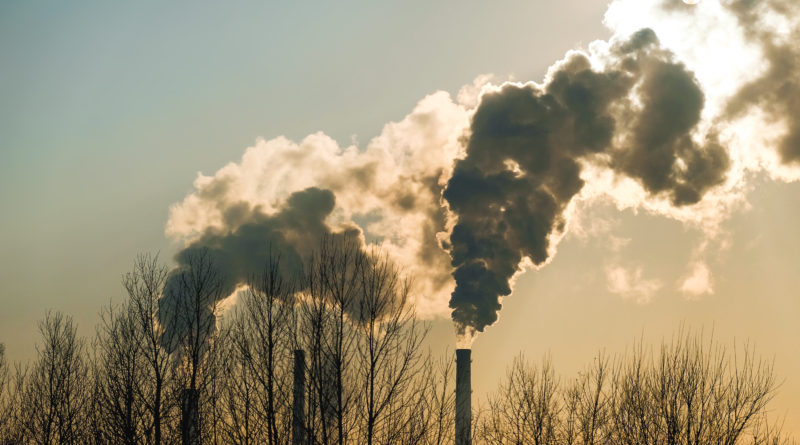Carbon Dioxide Levels Have Reached A Historic High
17,673 total views, 1 views today
Almost every day, reminders exist of the horrors that climate change may deliver us sooner than later. Last Saturday, scientists with Hawaii’s Mauna Loa Observatory noted an especially-alarming reminder of how different our environment may soon look. For the first time in 3 million years, the concentration of carbon dioxide in the earth’s atmosphere has reached 415 parts per million (ppm).
This amount — which signifies that 415 of every 1 million molecules in the earth’s atmosphere is carbon dioxide — last existed on this planet before humans even came to be. During that time, known as the Pliocene Epoch, the Arctic wasn’t entirely covered in snow — in fact, some of it even housed verdant forests. Additionally, the world’s sea levels were on average 50 feet higher than what they are now. The areas on which coastal cities now lie were well underwater during this epoch, and returning to atmospheric carbon dioxide concentrations this high may well threaten the existence of these cities.
Although this news is alarming, it’s not entirely unexpected. For the past many years, the concentration of carbon dioxide in the atmosphere has grown by 2.5 ppm per year. The concentration hit 400 ppm in 2013, so mathematically, 2019 would be the year during which carbon dioxide levels would reach 415 ppm. This math makes such a high concentration of carbon dioxide no less concerning — ample scientific evidence exists to show that, as carbon dioxide’s atmospheric concentration increases, so too does the earth’s temperature. Increased temperatures may be behind many weather-related oddities seen in recent years.
The news of carbon dioxide levels reaching 415 ppm also indicates that the 2.5 ppm per year rate of atmospheric carbon dioxide increase remains unchanged. Scientists thus expect that carbon dioxide levels will far outpace 415 ppm soon enough — and experts say that humanity only has until 2030 to prevent the most devastating impacts of climate change. Furthermore, reaching 415 ppm now suggests that Earth is well on its way to achieving 500 ppm by 2050. At 500 ppm, a global temperature increase of two degrees Celsius would be all but guaranteed — and catastrophic.
Experts point to the Industrial Revolution as the beginning of today’s carbon dioxide issue. Before the Industrial Revolution, carbon dioxide levels hovered at 280 ppm. However, by 1960, just about two centuries later, that number had climbed to 315 ppm. In just the sixty years since then — an amount of time not even one-third of that elapsed in two centuries — that number has climbed by 100 ppm. Human activity is a major driving force of this increase: last year alone, we collectively burned enough fossil fuels to add a whopping 37 billion tons of carbon dioxide to the atmosphere.
Climate change is already affecting us all. NASA recently revealed that 2017 was the second-hottest year on Earth, ever (2015 was the hottest). As carbon dioxide concentrations continue to increase, summers will get hotter and stickier, driving more air conditioner use — and, thereby, extra fossil fuel burning, again feeding carbon dioxide into the environment. Although climate change’s worst effects are yet to be felt, solutions are needed now.

